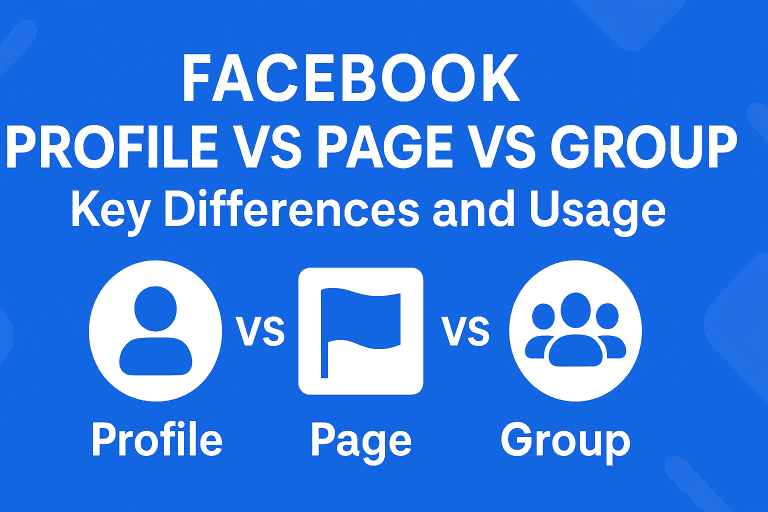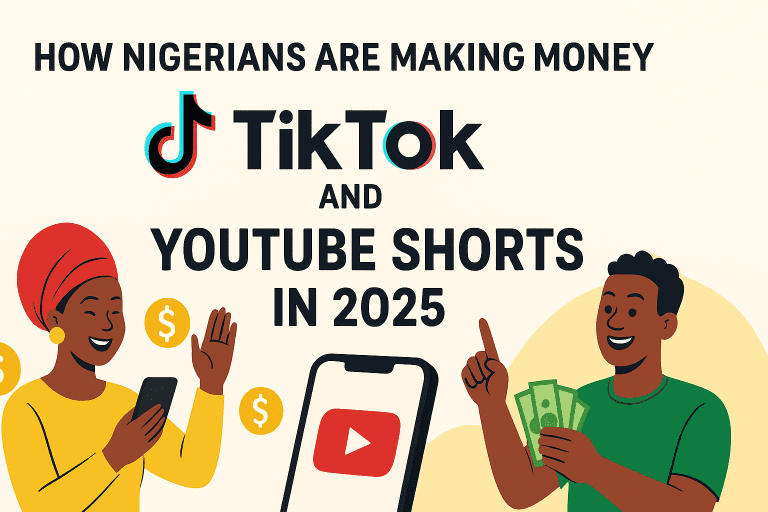Why Website Speed Matters for SEO
Website speed is a critical factor in both user experience and search engine optimisation (SEO). In today’s fast-paced digital landscape, users expect pages to load in under two seconds—and any delay can cost you traffic, conversions, and search visibility.
Studies show that a 1-second delay in page load time can reduce conversions by up to 7%, while Google research reveals that 53% of mobile users abandon a site if it takes longer than three seconds to load. Slow-loading websites don’t just frustrate visitors—they also suffer in Google rankings, reducing organic traffic and brand visibility.
Key Strategies to Boost Website Speed
Improving website speed doesn’t have to be overwhelming. Here are proven strategies to optimise performance:
- Optimize Images
- Compress images without losing quality using tools like TinyPNG or ImageOptim.
- Use JPEG for photos and PNG for graphics.
- Implement responsive images to deliver the right size for each device.
- Leverage Browser Caching
- Store static resources in the browser cache.
- Set cache expiration dates via HTTP headers so returning visitors enjoy faster load times.
- Minify and Combine Files
- Reduce unnecessary JavaScript and CSS requests.
- Use tools like UglifyJS (JavaScript) and CSSNano (CSS) to minify code.
- Combine multiple files to cut down HTTP requests.
- Use a Content Delivery Network (CDN)
- Distribute website files across multiple global servers.
- Ensure visitors load data from the nearest server, reducing latency.
Read also: Website Design: AI vs Human — Which is Better for Your Business?
SEO Best Practices to Pair with Speed Optimisation
Speed is just one part of the SEO puzzle. To maximise results, also implement these SEO best practices:
- Ensure Mobile Responsiveness
- Use responsive web design for all screen sizes.
- Google prioritises mobile-friendly websites in rankings.
- Optimise Meta Tags & Image Alt Text
- Write keyword-rich title tags and meta descriptions.
- Add descriptive alt text for images to boost accessibility and SEO.
- Implement Structured Data (Schema Markup)
- Help Google understand your content.
- Enable rich snippets in search results, increasing click-through rates.
- Secure Your Website with HTTPS
- Protect data with SSL certificates.
- Google uses HTTPS as a ranking signal, so secure sites rank higher.
- Conduct Keyword Research
- Target high-performing long-tail keywords relevant to your niche.
- Naturally integrate keywords into content, headers, and metadata.
Read also: Why Your Business Website Isn’t Getting Clients (And How to Fix It in 2025)
Tools to Monitor and Test Website Performance
Regular monitoring ensures your site stays fast and SEO-friendly. Recommended tools include:
- Google PageSpeed Insights – Test mobile & desktop performance, with optimisation tips.
- GTmetrix – Get detailed performance reports and waterfall charts to track loading issues.
- SEMrush Site Audit – Identify technical SEO issues, content gaps, and speed problems.
Using these tools consistently helps maintain top performance, ensuring your site remains competitive in search rankings.
Final Thoughts
A fast-loading, SEO-optimised website is essential for higher Google rankings, lower bounce rates, and better conversions. By combining speed optimisation with SEO best practices, you can build a digital presence that attracts, engages, and converts visitors.
Your website should work for you, not against you.
At ENGRMKS & CO., we design and optimise websites that generate leads, boost visibility, and maximise ROI. Take the first step toward a smarter digital future.







